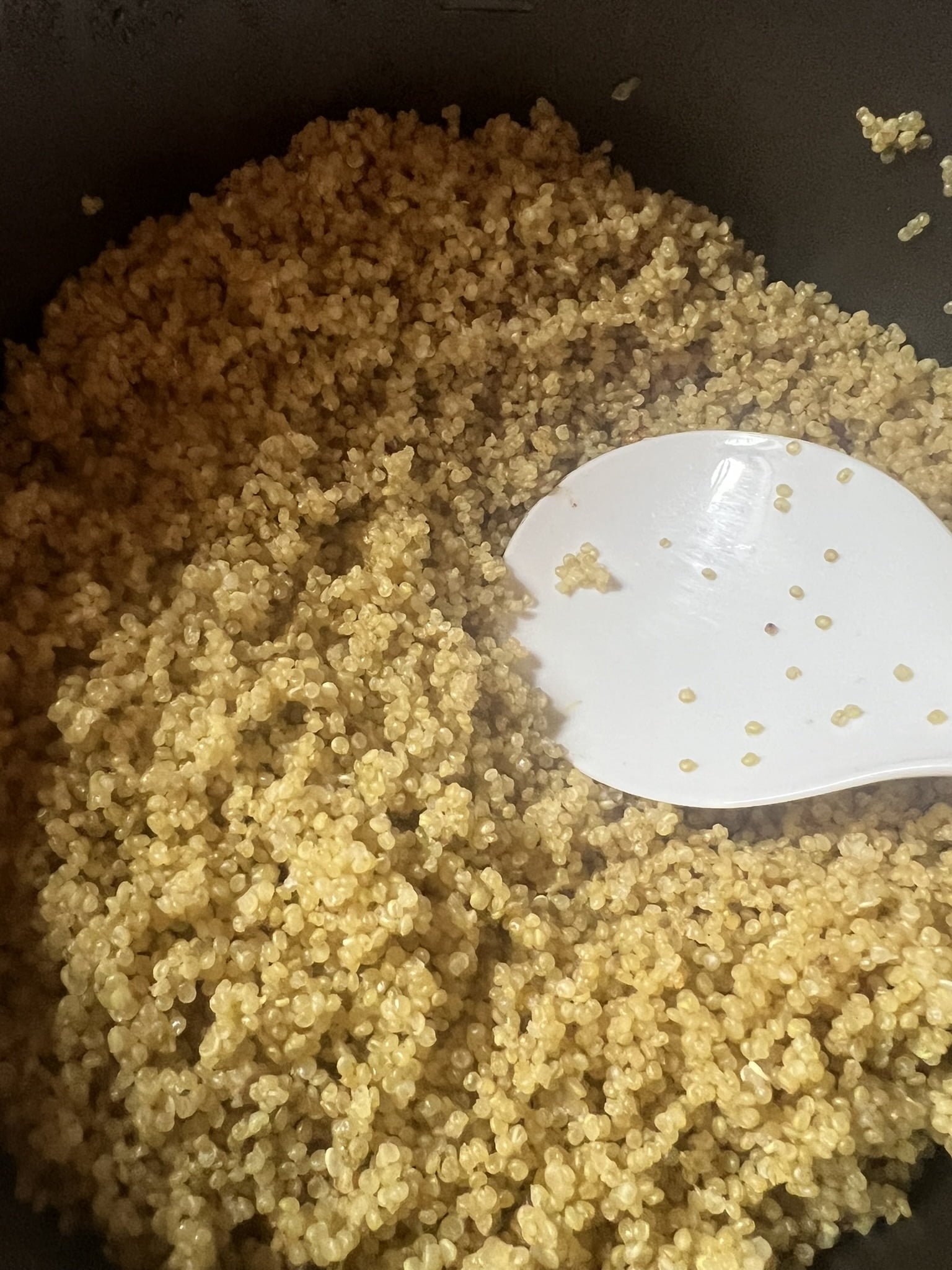
The Dos and Don’ts of Knife Cleaning
Knives are one of the most common items in any kitchen. A good kitchen knife can last a lifetime if you take care of it. Proper care and maintenance is crucial to keep knives safe and effective to use. In this guide, we’ll outline how to clean kitchen knives and provide some tips to keep your blades sharp.
Types of Kitchen Knives
Before cleaning, it is important to understand the different types of kitchen knives and their cleaning requirements. Each type of knife has its own unique characteristics that change how one should care for it.
Chef’s Knives
Chef’s knives are all-purpose, heavy-duty knives. Chef’s knives are typically made from stainless steel or high-carbon steel. A high-quality chef’s knife is at the top of our list of kitchen essentials and is a must-have for any home cook.
Paring Knives
Paring knives are smaller than chef’s knives and are used for more intricate and delicate tasks. Like chef’s knives, paring knives are often made from stainless steel or high-carbon steel. Due to their size and precision use, careful handling is a must when cleaning paring knives/
Serrated Knives
Serrated knives have a tooth-like edge that runs along the length of the blade. These knives are often used for bread. When cleaning serrated knives, it is important to ensure that no food gets stuck in the grooves!
Specialty Knives
Specialty knives include cleavers, filleting, boning, and other task-specific knives. Specialty knives may not be in every kitchen. Typically, a specialty knife will have a unique shape or size and may require specialty cleaning depending on its use.
How to Clean Kitchen Knives: The Dos
- Wash Knives Immediately After Use: Once you’re done cooking, clean your knives with warm, soapy water. Prompt cleaning prevents food and residues from drying on the blade, which can lead to rust, staining, or corrosion over time.
- Clean the Entire Blade and Handle: When cleaning, it is important to clean every surface of the knife. Make sure to wash the blade, handle, and any crevices. If your knife has a wooden handle, try to avoid saturating the wood with too much water. Trapped moisture can damage wooden knife handles over time.
- Dry Knives Thoroughly: Using a clean, soft cloth, dry knives thoroughly after cleaning. Make sure to dry the blade and handle. Proper drying prevents water spots and rust formation.
- Store Knives Properly: Now that you know how to clean kitchen knives, it is important to properly store them. We recommend storing knives in a knife block, sheath, or on a magnetic strip. Proper storage helps maintain cleanliness and prevents accidental damage.
How to Clean Kitchen Knives: The Don’ts
- Don’t Put Knives in The Dishwasher: We recommend against putting knives in the dishwasher! The harsh environment and high heat of many dishwashers can dull blades, ruin handles, and lead to significant damage over time. We recommend hand-washing knives to extend their lifetime!
- Don’t Soak Knives: If your knife has a wooden handle, soaking can lead to warping, cracking, and damage over time. Proper washing and drying will help extend the lifespan of your blade.
- Don’t Use Abrasive Scrubbers: When cleaning kitchen knives, avoid using steel wool or other abrasive scrubbers. Instead, cleaning with a gentle sponge or soft towel will help prevent damage to your knife over time.
- Don’t Air Dry: Air drying your knives can lead to water spots and rusting. We recommend drying with a towel to prevent any long-term damage to your knives.

A Special Note: Wooden Handles
Similar to wooden cutting boards, wooden knife handles require special care to maintain their look and form. When cleaning knives with wooden handles, avoid saturating the wood with moisture. Trapped water can lead to bacteria buildup and warping over time. Optionally, you can oil the handles using a food-safe mineral oil to protect the wood over time.
Conclusion: How to Clean Kitchen Knives
Knowing how to clean kitchen knives can help extend the lifespan of your knife. A poorly cared-for knife can become one of the riskiest and most ineffective tools in a kitchen. Proper knife care and maintenance will help keep your kitchen safe, hygienic, and efficient. Following the steps above will help extend the lifespan of your knives.
Now that you know how to clean kitchen knives properly, check out our guide on How to Clean Your Cutting Board and keep your workspace and tools clean together!
Bonus: My Favorite Kitchen Knives
When I go to prepare a meal, I typically reach for either a Victorinox 8-inch Chef’s Knife or a Henckels Zwilling Pro -8″ Chef’s Knife. Both work very well!




Leave a Reply